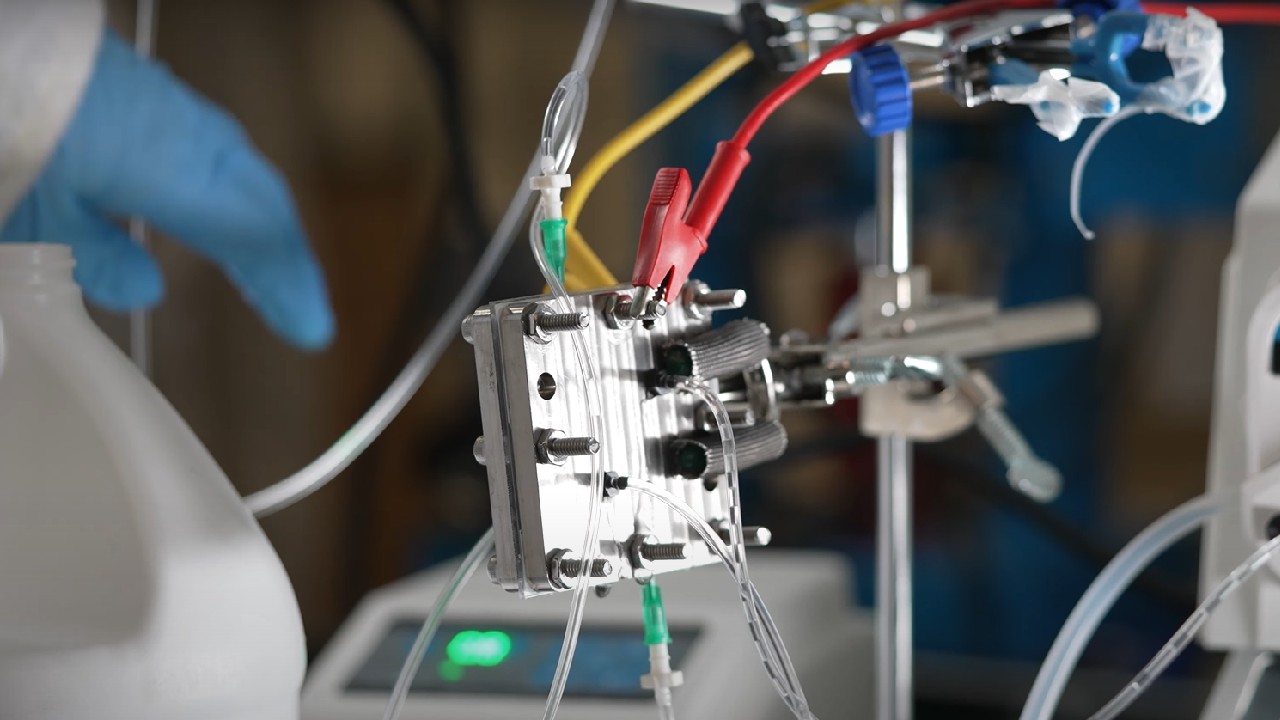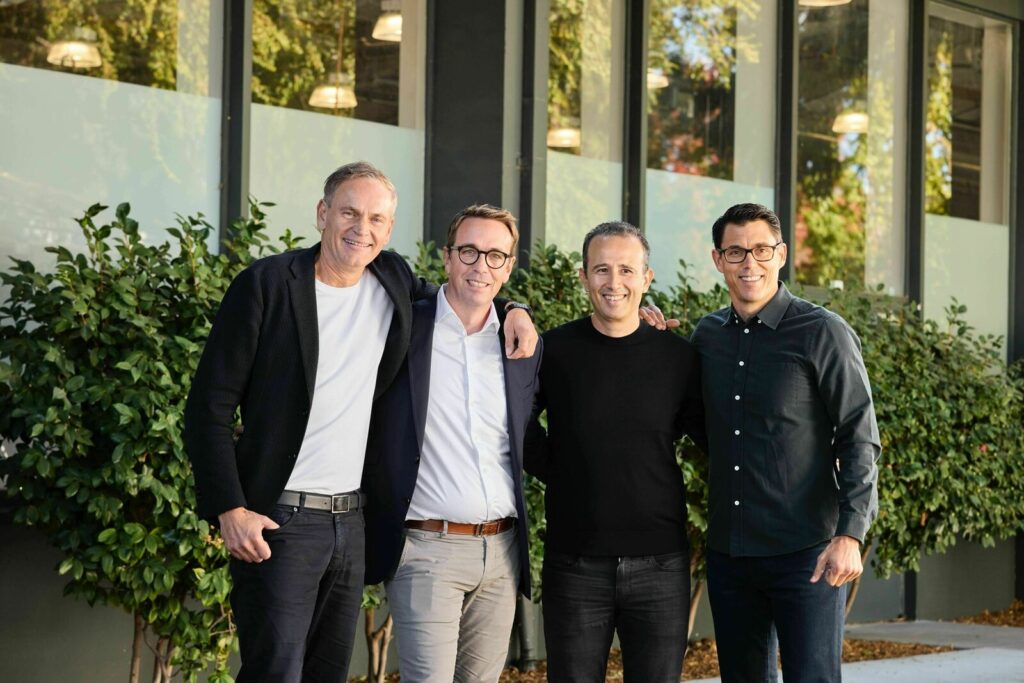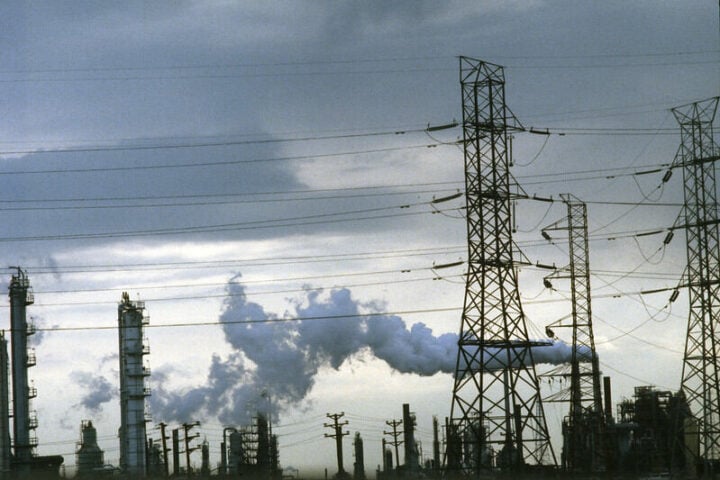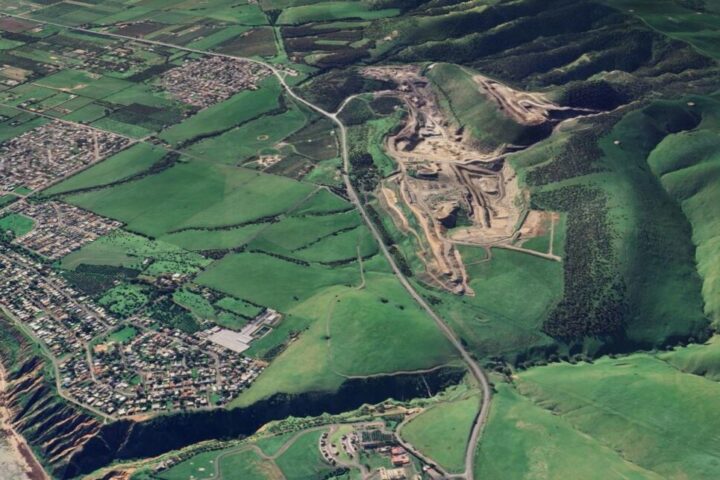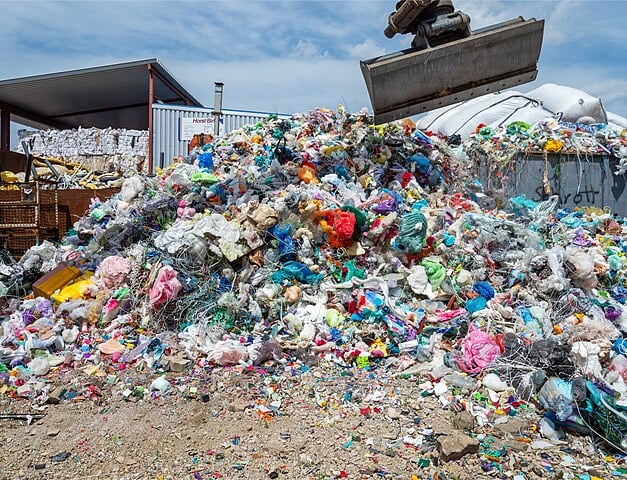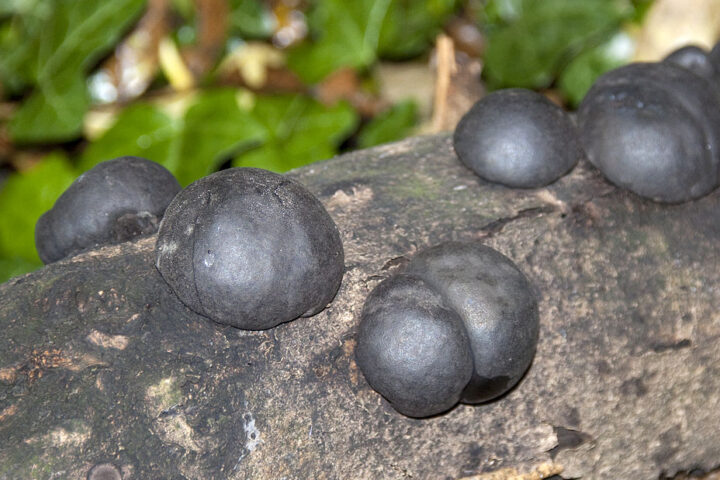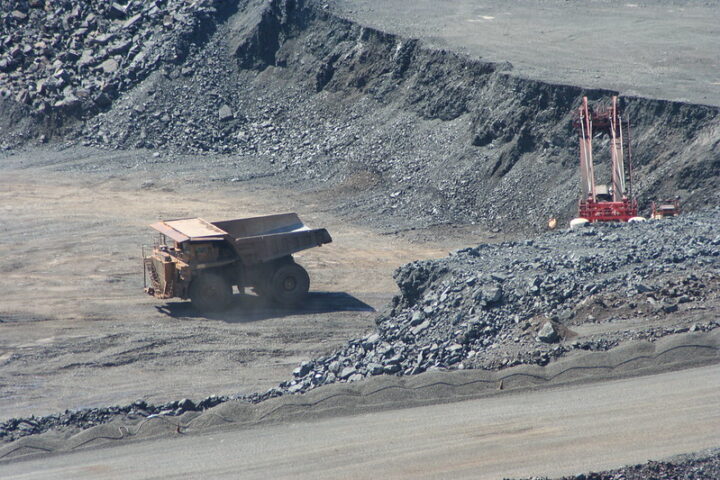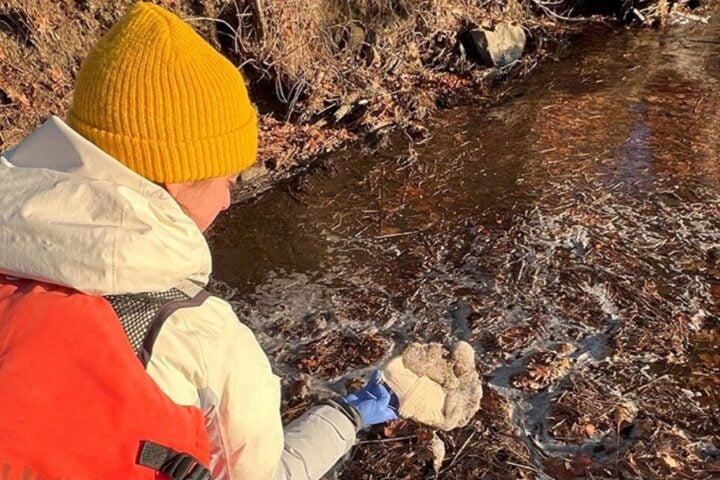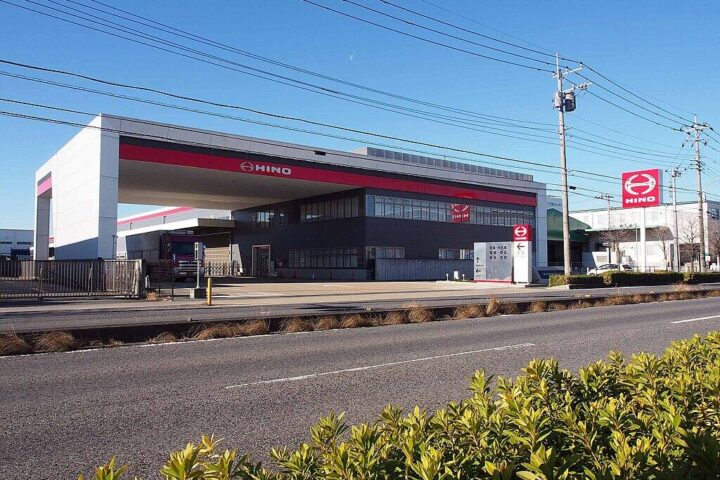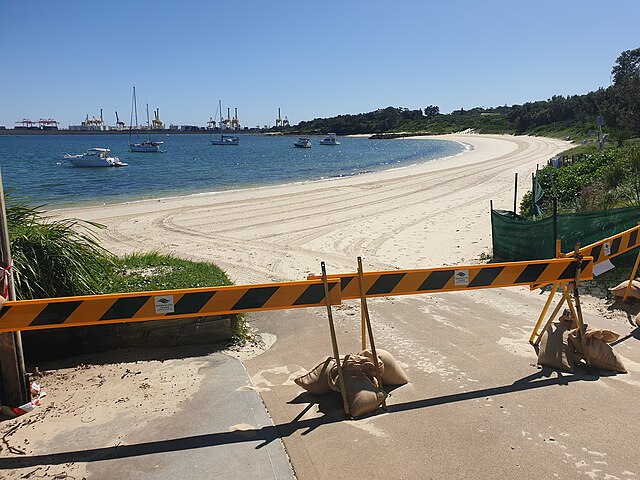As COP29 is in progress at Baku, capital of Azerbaijan, there is happy news for lovers of nature. Rice University engineers have developed a new technology to lower the cost of capturing CO2 (carbon dioxide) from all types of emissions. It’s a potential game-changer for both industries looking to adapt to evolving greenhouse gas standards and for the emergent energy-transition economy. This new development is published in Nature journal.
According to the journal, the system from the lab of chemical and biomolecular engineer Haotian Wang can directly remove CO2 from sources ranging from flue gas to the atmosphere by using electricity to induce a water-and-oxygen-based electrochemical reaction. Direct air capture (DAC) industry could be turned into a promising front for climate change mitigation. There are only 18 such plants in the world today.
Wang said, “Once the CO2 is trapped in the solvents, you have to regenerate it.” According to Wang, there are no chemicals produced or consumed with their process. There is no need to heat up or pressurize the device. The device needs to be plugged into a power outlet and it will work.
More Stories
CO2 can be continuously captured from a simulated flue gas with efficiency above 98% using a relatively low electricity input with the help of the reactor developed by Wang and his team. The reactor consists of a cathode set up to perform oxygen reduction, an oxygen evolution reaction-performing anode, and a compact yet porous solid-electrolyte layer that allows efficient ion conduction.
The researchers realized that the alkaline interface generated during reduction reactions at the reactor’s cathode side interacted with CO2 molecules to form carbonate ions. A continuous flow of high-purity CO2 is formed by the carbonate ions when they migrate into the reactor’s solid-electrolyte layer where they combine with protons resulting from water oxidation at the anode side. This phenomenon was accidentally discovered during their previous studies.
Wang is the William Marsh Trustee Chair and assistant professor of chemical and biomolecular engineering. In short, a new technology developed by Rice University engineers helps to capture CO2 at the flick of a switch. This will lower the cost of capturing CO2 from all types of emissions. The new development is a welcome step in the background of COP29, now in progress at Baku, capital of Azerbaijan.
